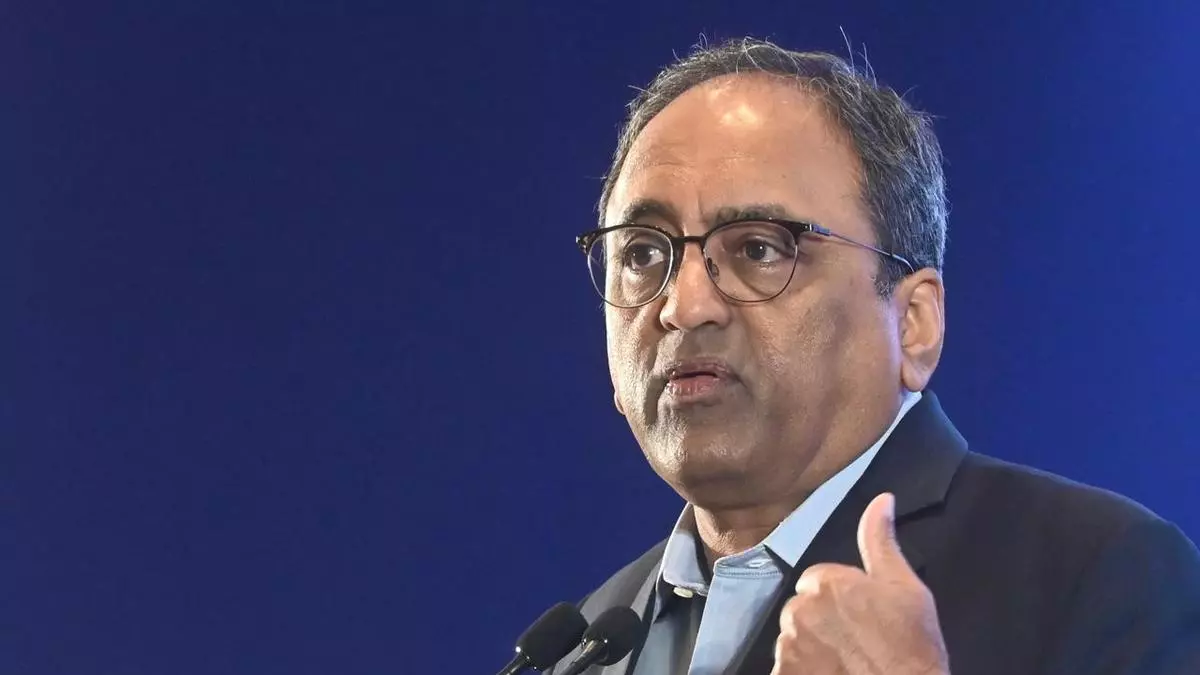 |
|
Larsen & Toubro (L&T), a leading Indian multinational conglomerate, is grappling with a significant challenge: a dwindling pool of available labor. SN Subrahmanyan, the Chairman and Managing Director, highlighted this concern at the CII’s Mystic South Global Linkages Summit 2025 in Chennai. The company, which employs a massive workforce of approximately 250,000 staff and 400,000 laborers, is facing unprecedented difficulties in recruitment and retention, particularly among its blue-collar workforce. This labor shortage poses a serious threat to L&T's ability to meet its project demands and contributes to broader concerns about India's economic growth trajectory. The issue is not simply a matter of attrition; rather, it reflects a fundamental shift in the dynamics of labor migration within the country.
Subrahmanyan attributes the decline in labor migration to a confluence of factors. He suggests that improved local economic conditions in many regions, coupled with the impact of various government schemes and direct benefit transfers (DBTs), are making it less appealing for individuals to relocate for work. This trend is not confined to the blue-collar sector. Subrahmanyan notes a similar reluctance among engineers and other white-collar professionals to relocate for career opportunities. This contrasts sharply with previous generations, where geographical mobility was a common expectation for career advancement. The change highlights a generational shift in work preferences and expectations, demanding a reassessment of traditional HR policies and practices within L&T and the broader industry.
In response to this challenge, L&T is actively pursuing a multi-pronged strategy. A key component involves investing in skill training institutes to equip potential employees with the necessary skills and qualifications for employment within the company. Simultaneously, L&T is embracing technology as a means to mitigate the impact of labor shortages. Subrahmanyan cites the development of approximately 100 AI algorithms by L&T's infrastructure business as a prime example of this approach. These algorithms are designed to automate tasks, improve efficiency, and reduce reliance on manual labor. Furthermore, L&T is exploring the potential of 3D printing technology in construction, even acknowledging the current cost challenges. The long-term vision anticipates that, as labor costs continue to rise and availability diminishes, the adoption of such technologies will become increasingly vital for maintaining project timelines and competitiveness.
The implications of L&T's experience extend far beyond the company's own operations. The slowing of labor migration represents a systemic challenge with broader ramifications for India's infrastructure development and economic growth. The construction sector, a cornerstone of India's economic engine, relies heavily on a large and mobile workforce. If the current trend persists, it could lead to significant delays in infrastructure projects, hindering overall economic progress. Moreover, the challenge underscores the need for policymakers to consider the impact of social welfare programs on labor mobility and to foster a more adaptable and responsive labor market. The experience of L&T serves as a stark reminder of the evolving nature of the workforce and the urgent need for both businesses and the government to proactively address these emerging dynamics.
The case of L&T's struggle with labor shortages underscores the complexities of managing a large and geographically dispersed workforce in a rapidly changing economic landscape. While technological solutions offer some promise, the challenge also highlights the need for a more holistic approach that addresses not only the supply of labor but also the underlying social and economic factors influencing labor migration patterns. The success of L&T's strategies will depend on its ability to adapt its HR policies, foster collaboration with government agencies, and successfully integrate innovative technologies into its operations. The company's experience offers valuable lessons for other businesses facing similar challenges in India and beyond, underscoring the need for a proactive and multifaceted approach to navigating the changing dynamics of the global workforce.
Source: L&T’s Subrahmanyan: Slowing labour workforce migration a worry for the industry
